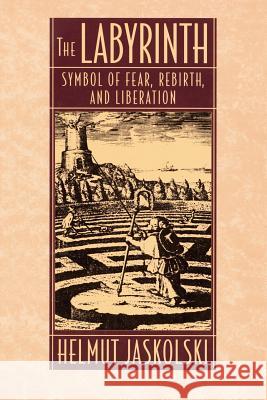Labyrinth: Symbol of Fear, Rebirth, and Liberation » książka
Labyrinth: Symbol of Fear, Rebirth, and Liberation
ISBN-13: 9781570621956 / Angielski / Miękka / 1997 / 208 str.
A labyrinth is an ancient circular diagram found in cultures around the world. Since antiquity, stories of the labyrinth--closely associated with the ancient sages of the Minotaur, Theseus and Ariadne, and Daedalus and Icarus--have caught the Western imagination. In fact, the labyrinth as an object of contemplation and meditation might be considered the "mandala" of the Western world.
In its classical form, this sacred diagram consists of a single circular path with no possibility of going astray (as in the church type of labyrinth, exemplified by the labyrinth of Chartres Cathedral in France). In contrast, the modern labyrinth (more properly called a maze) is a system of misleading paths with a multitude of choices, some of which turn out to be dead ends--a metaphor for a difficult, confusing situation that may end in either good or ill fortune.
Taking an approach both reflective and playful, Helmut Jaskolski traces our fascination with this ambiguous ancient motif and shows, through stories ranging from myths and medieval tales to the labyrinthine fiction of Umberto Eco, that the labyrinth is a living symbol for our time.











